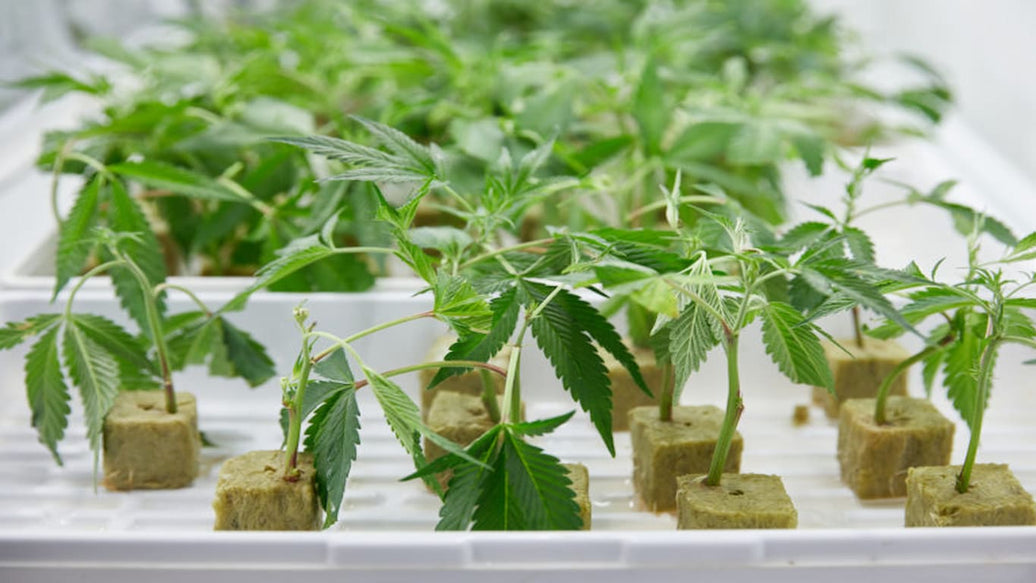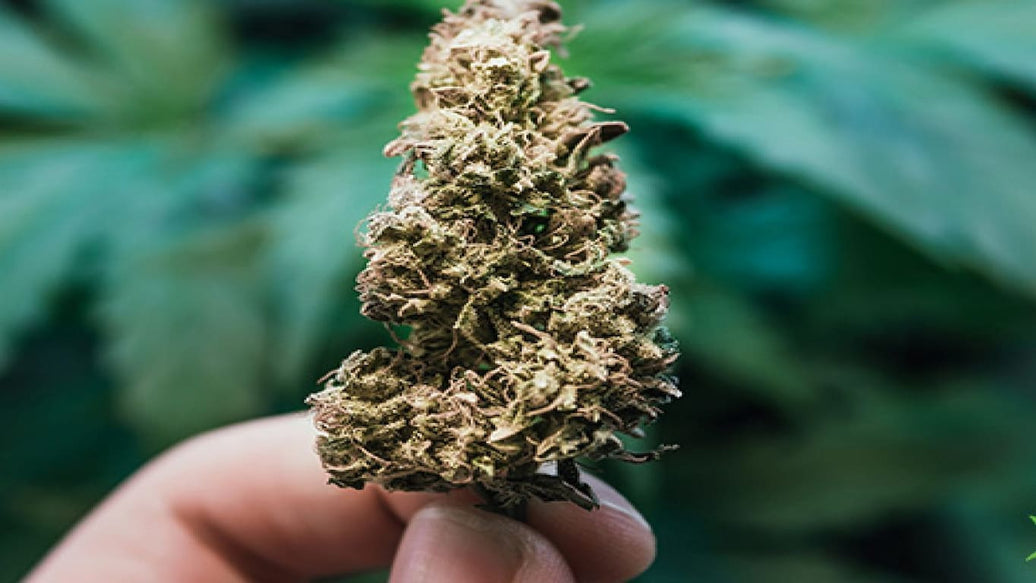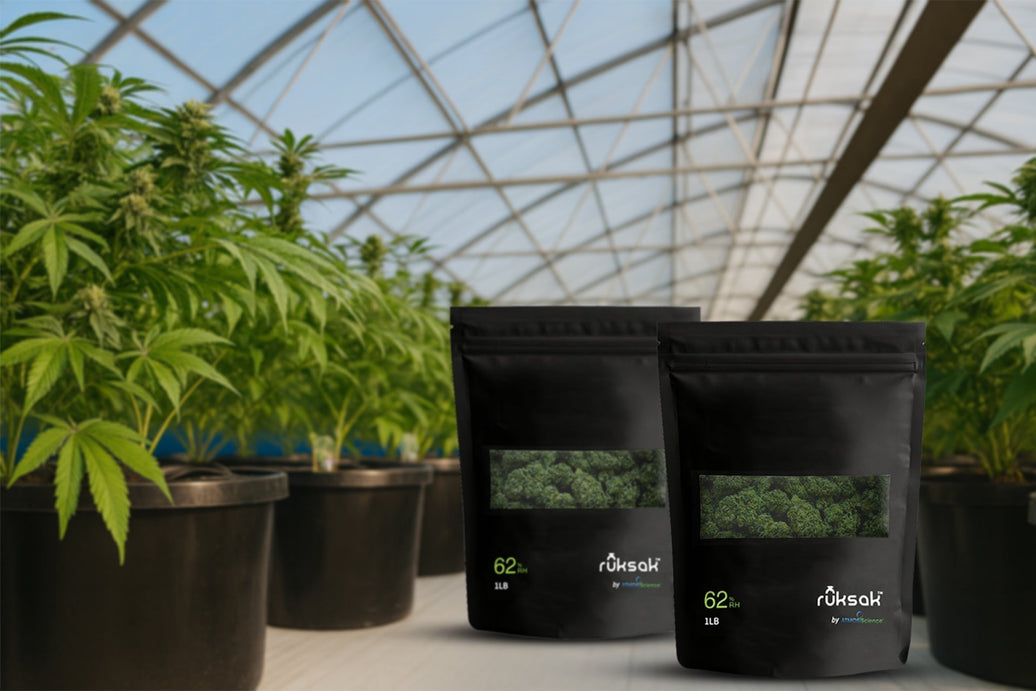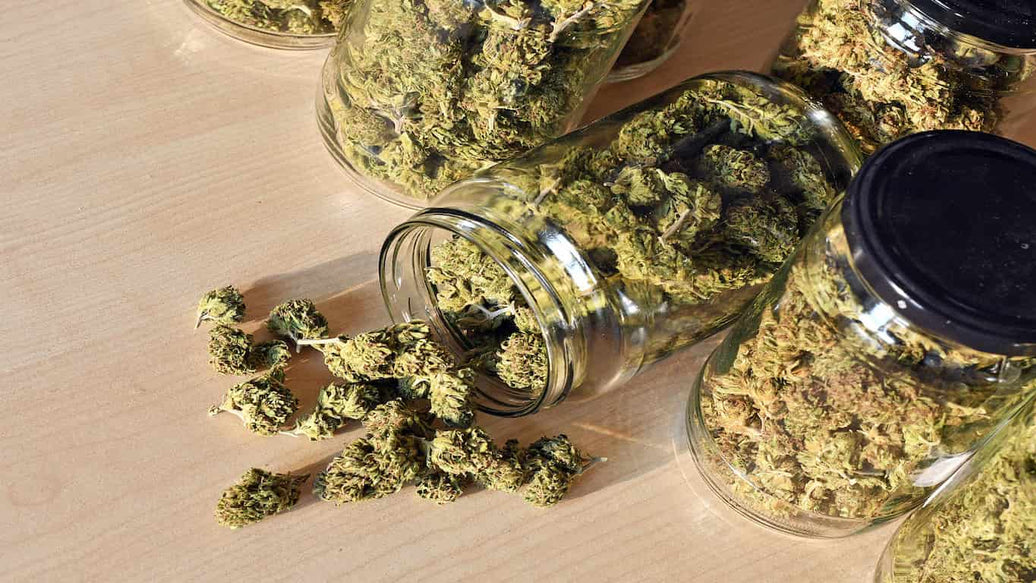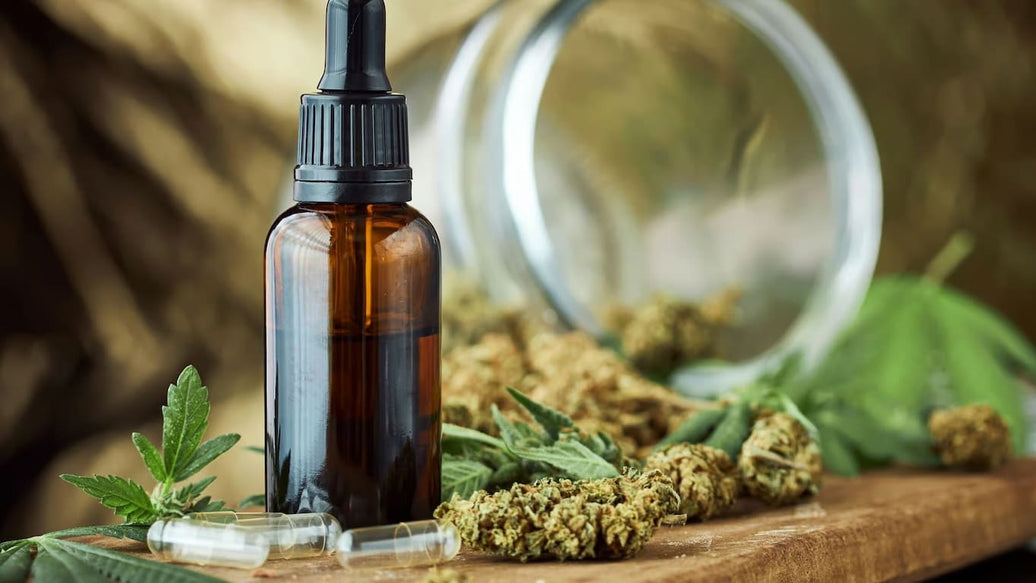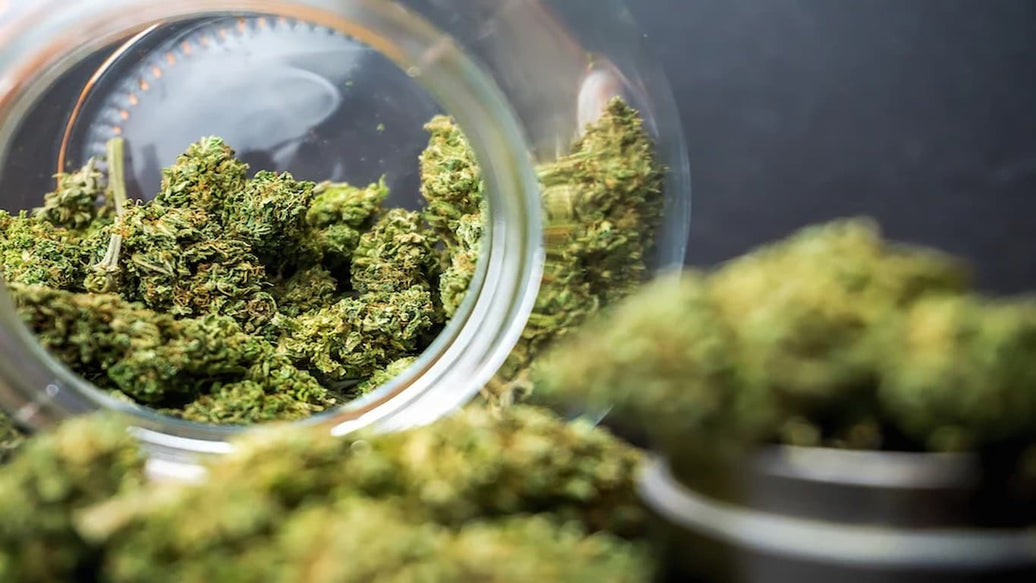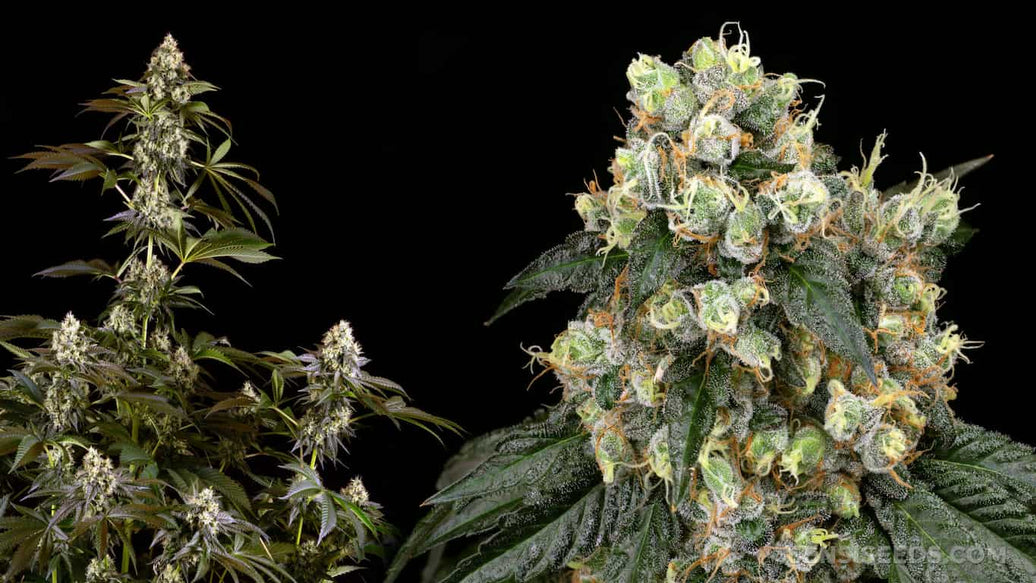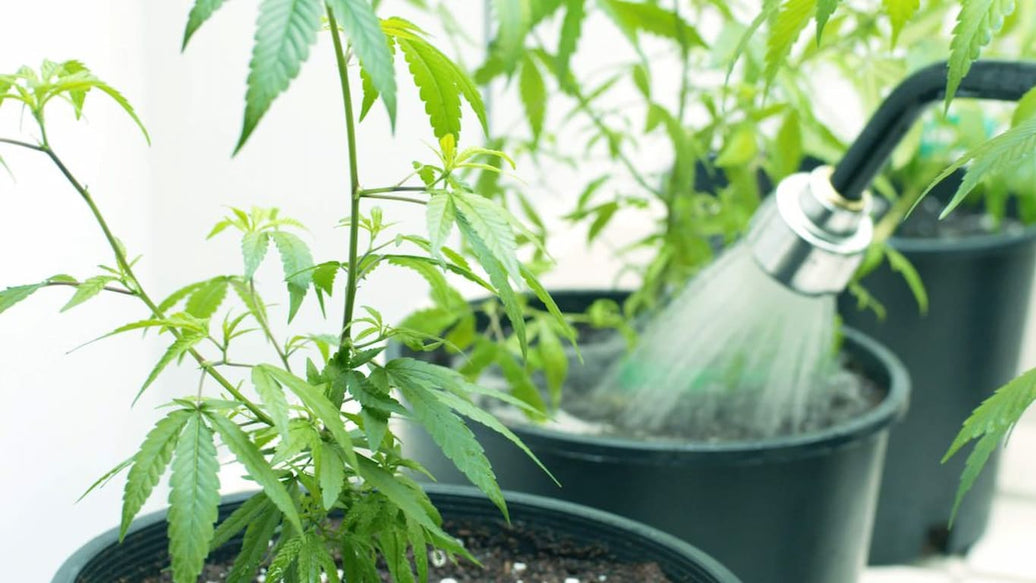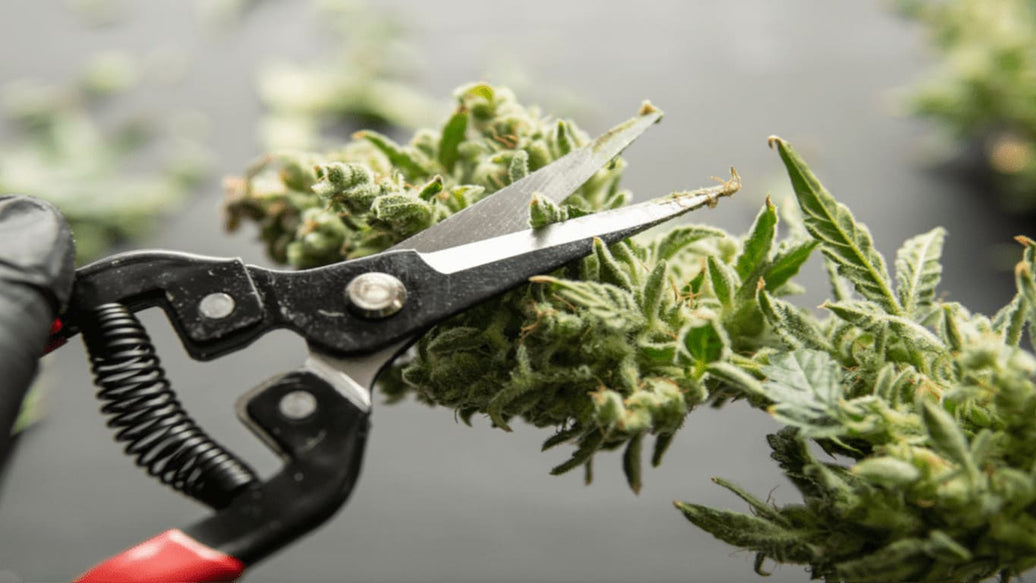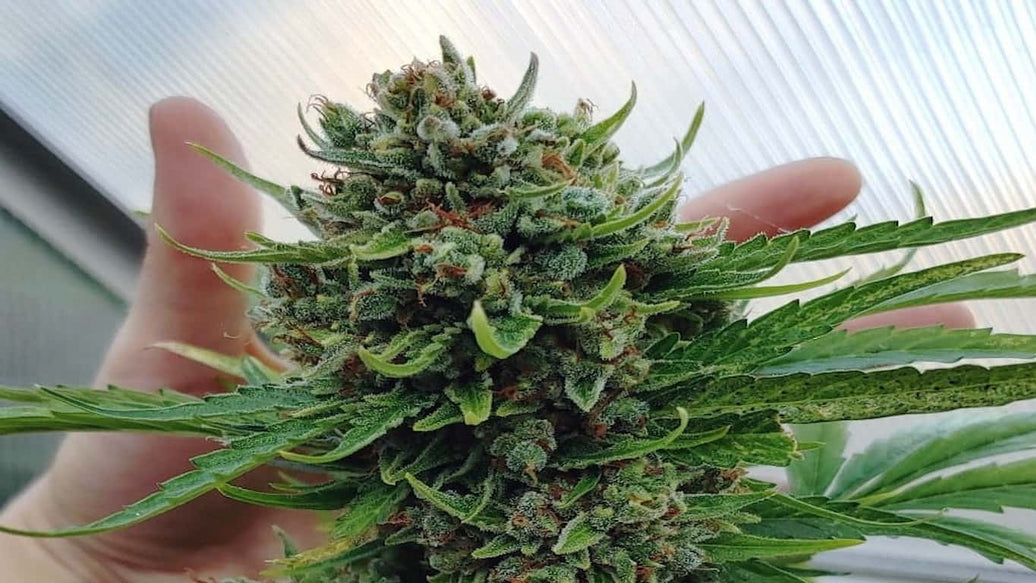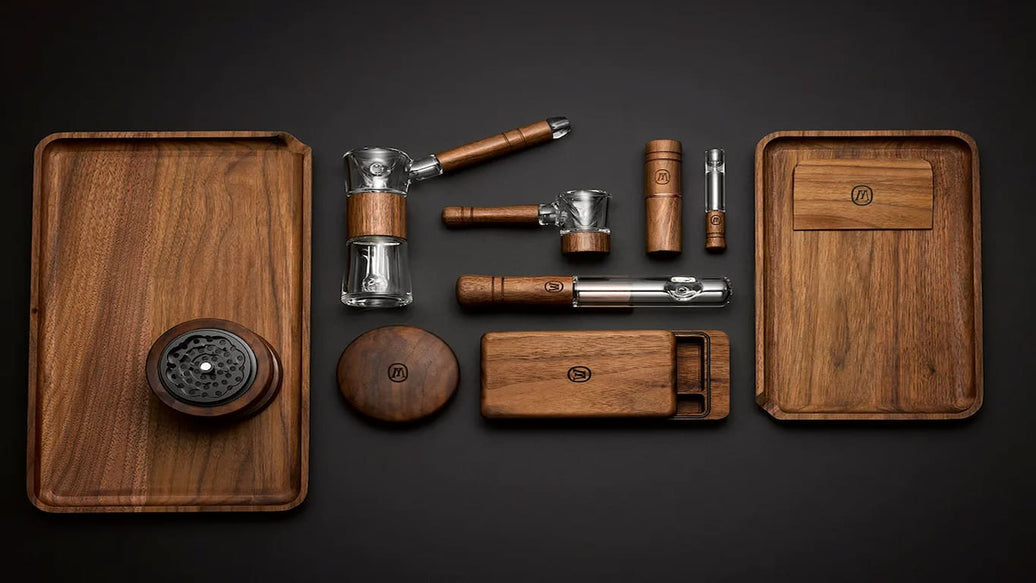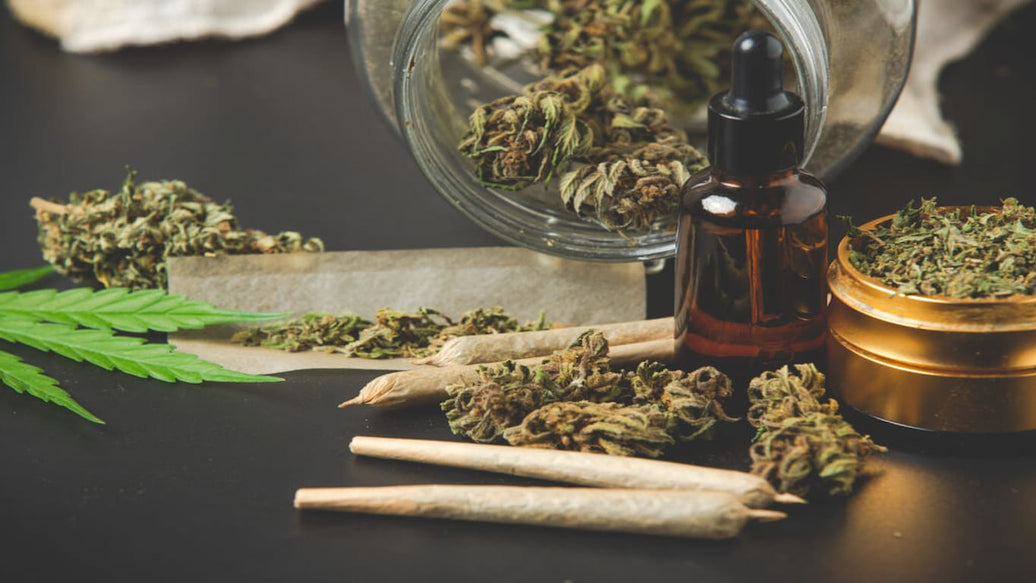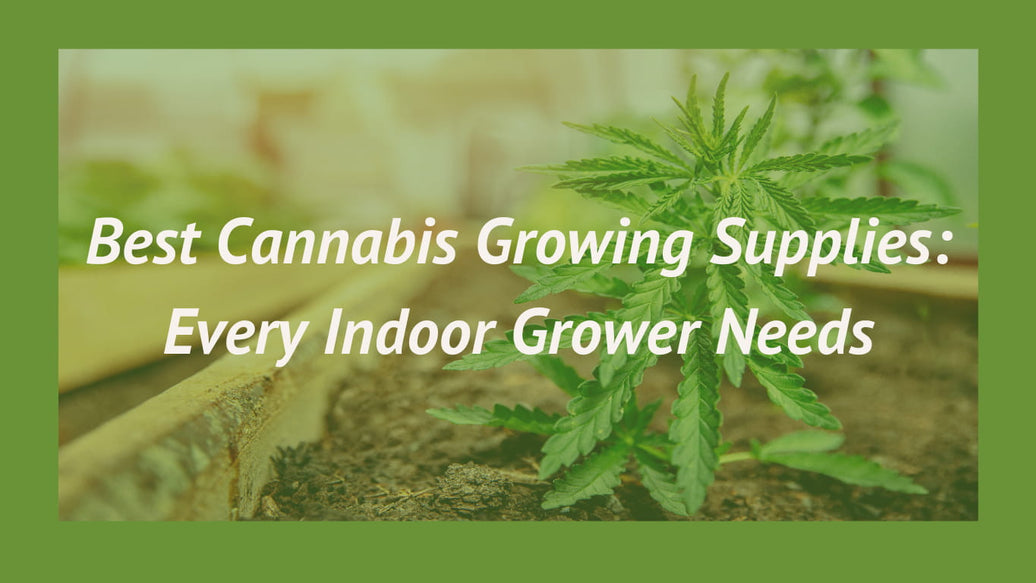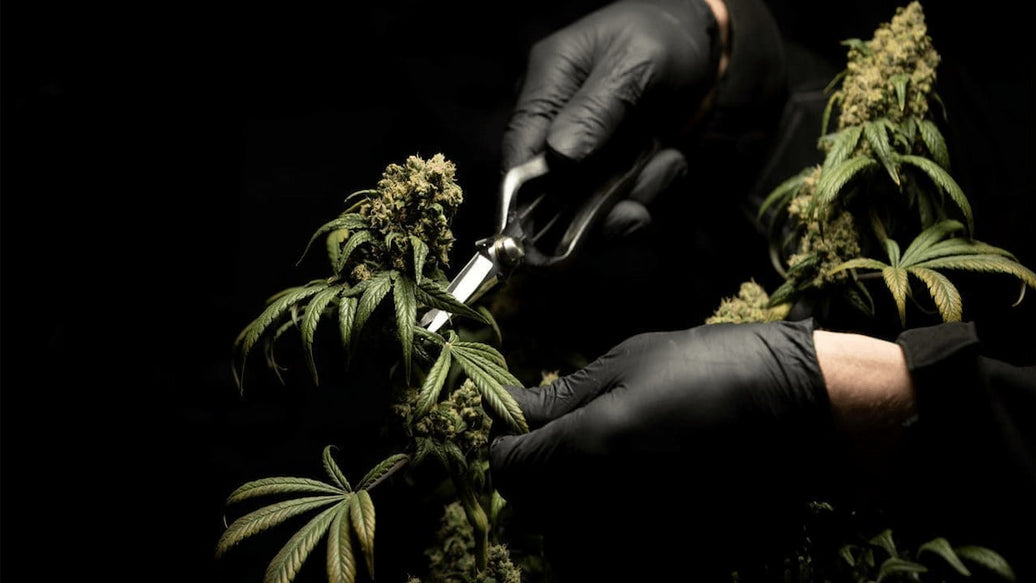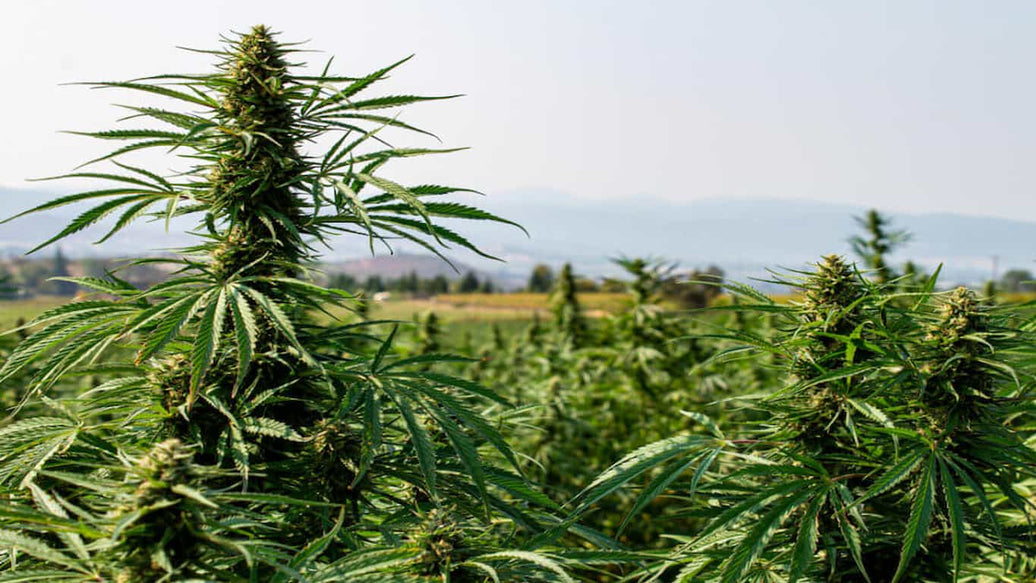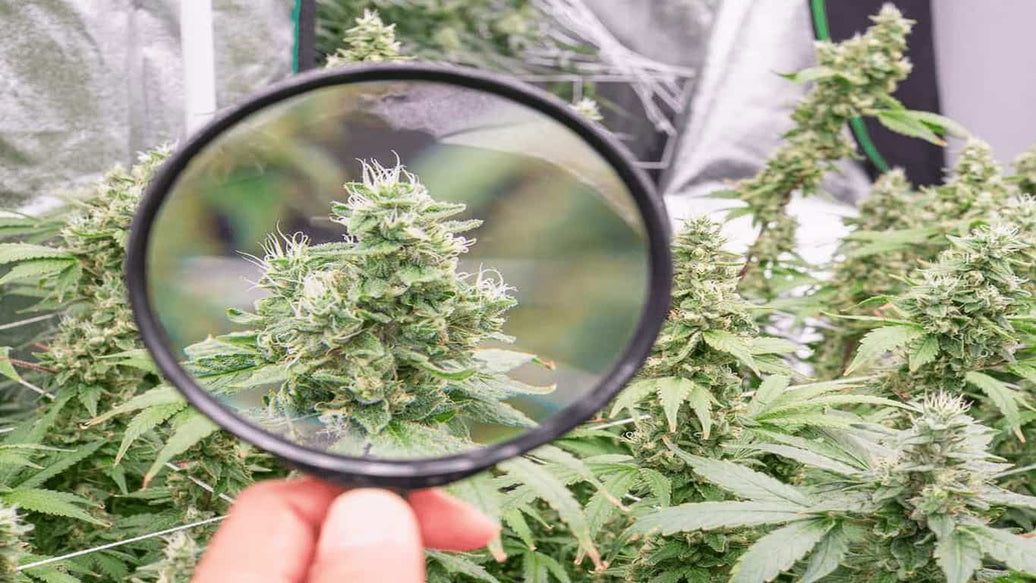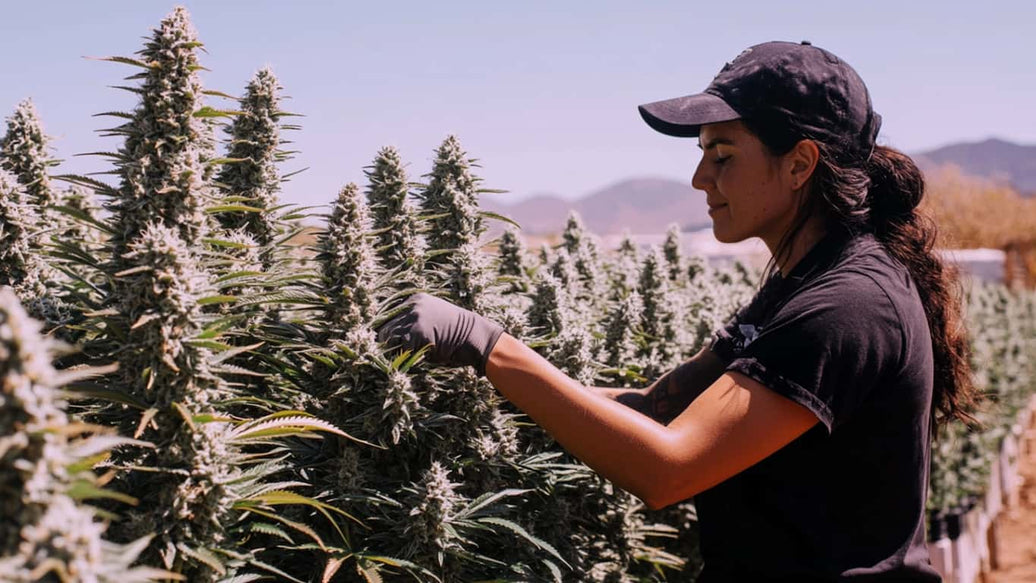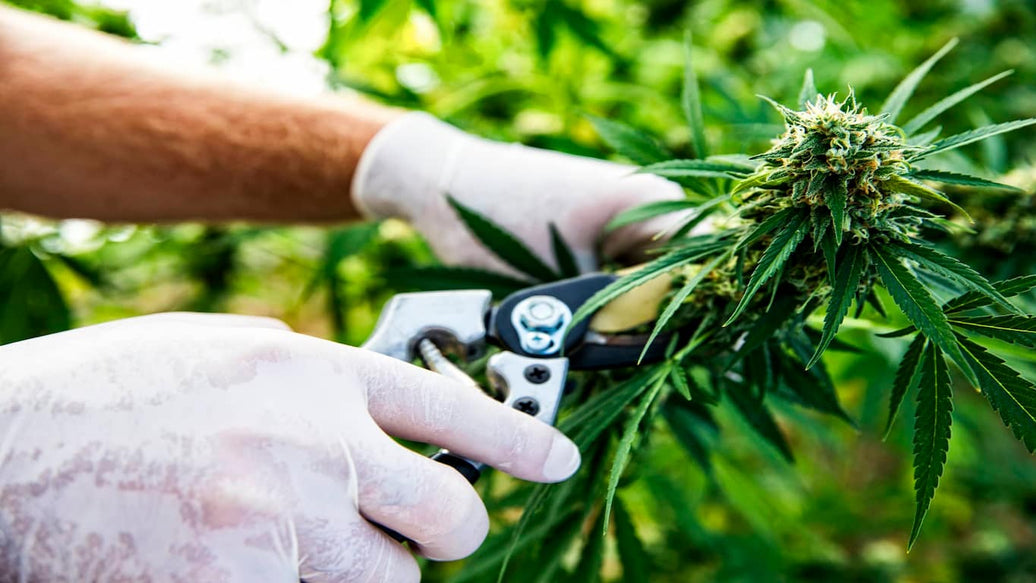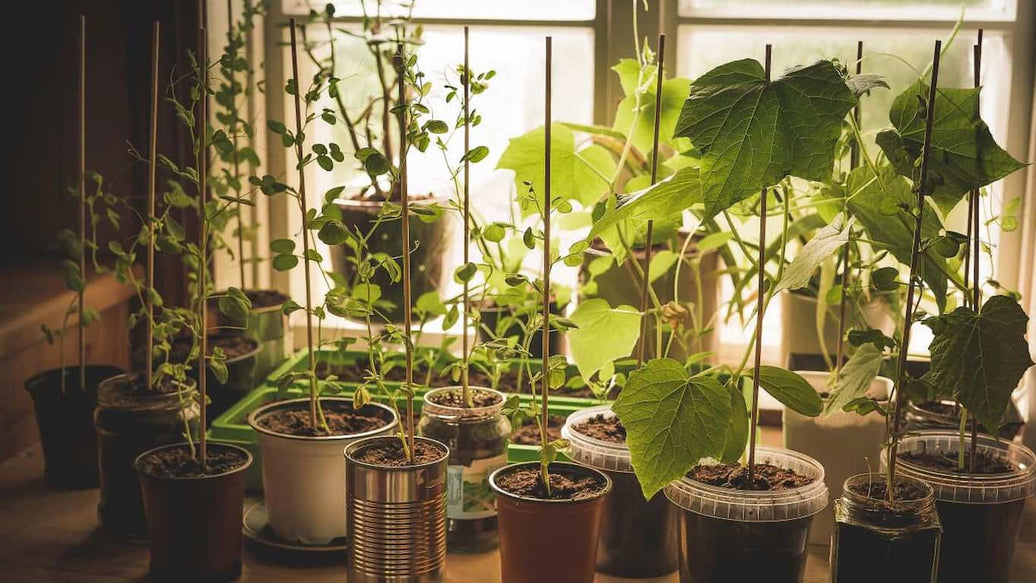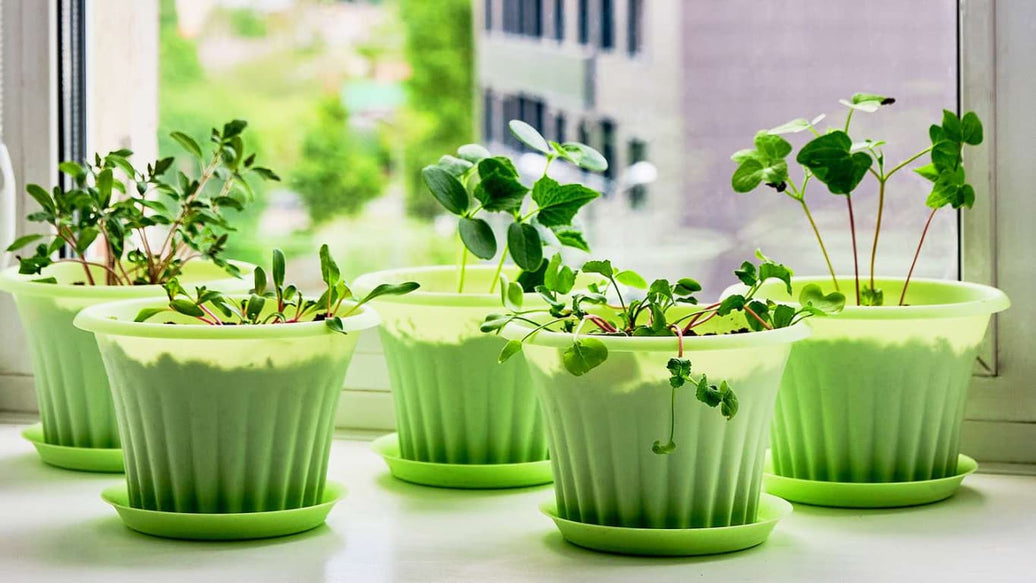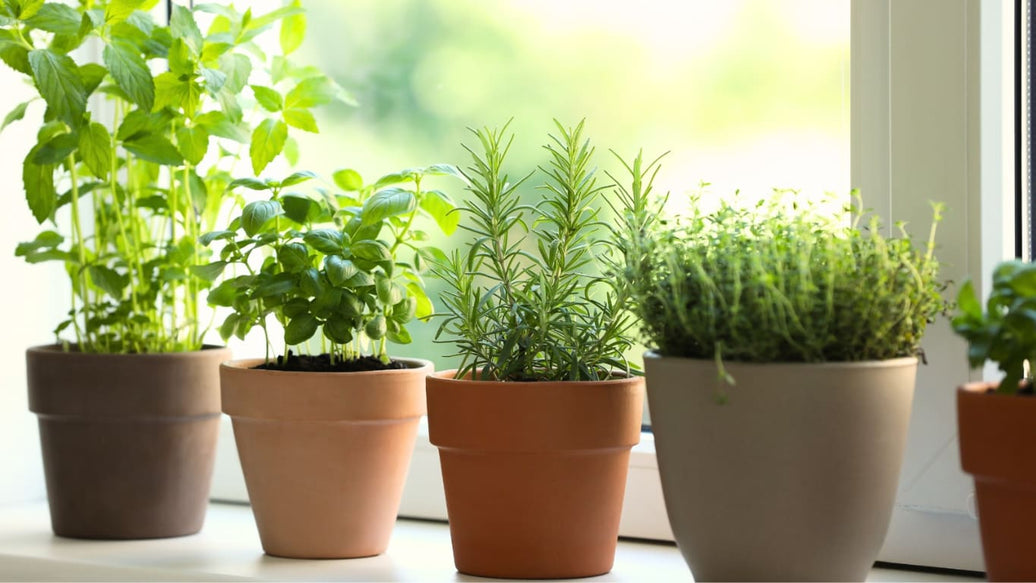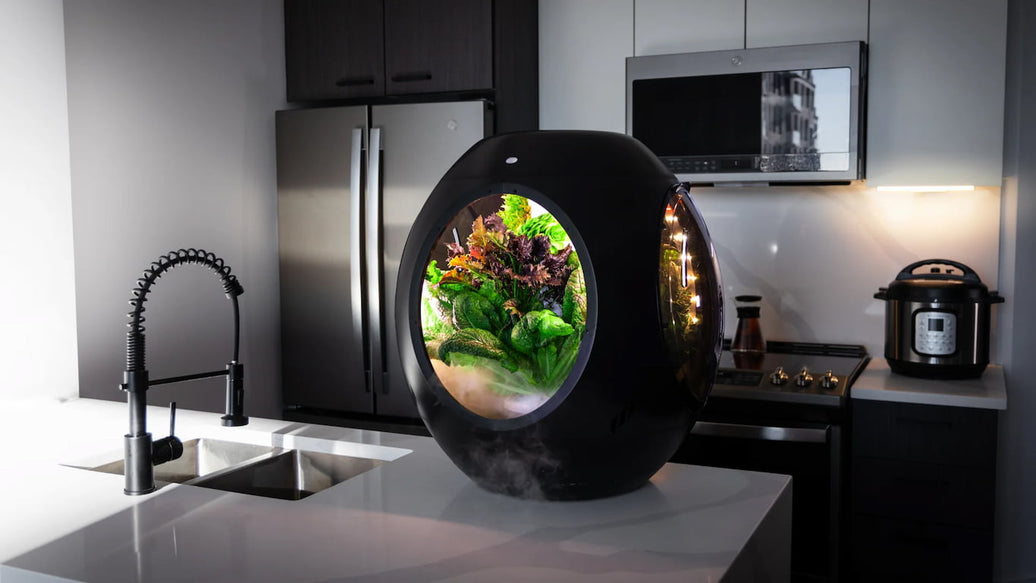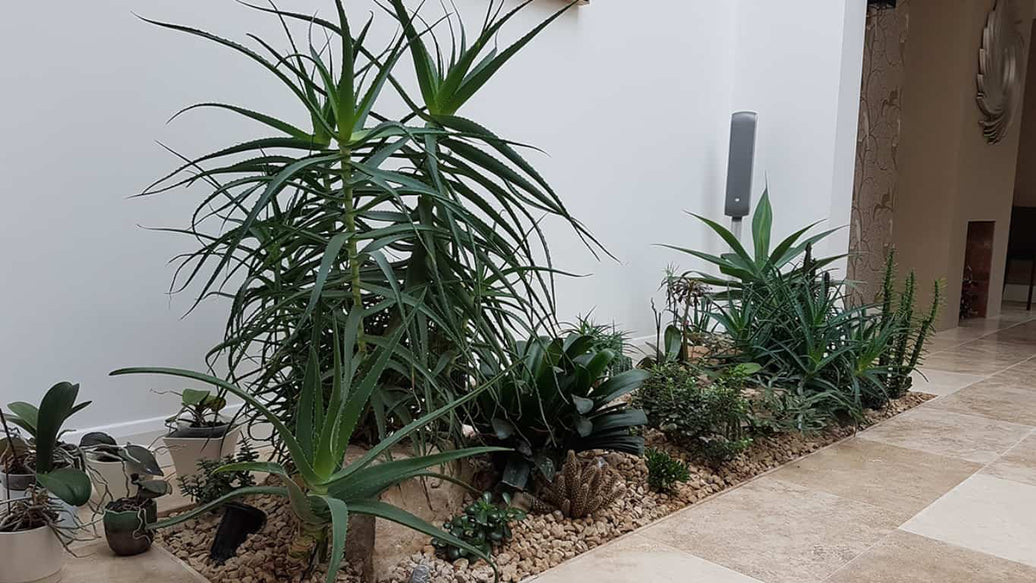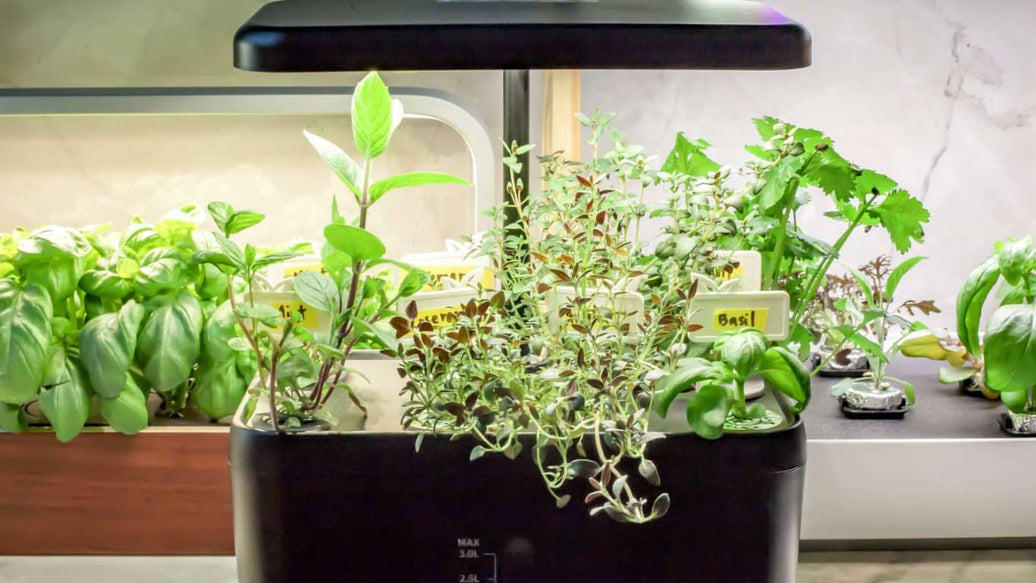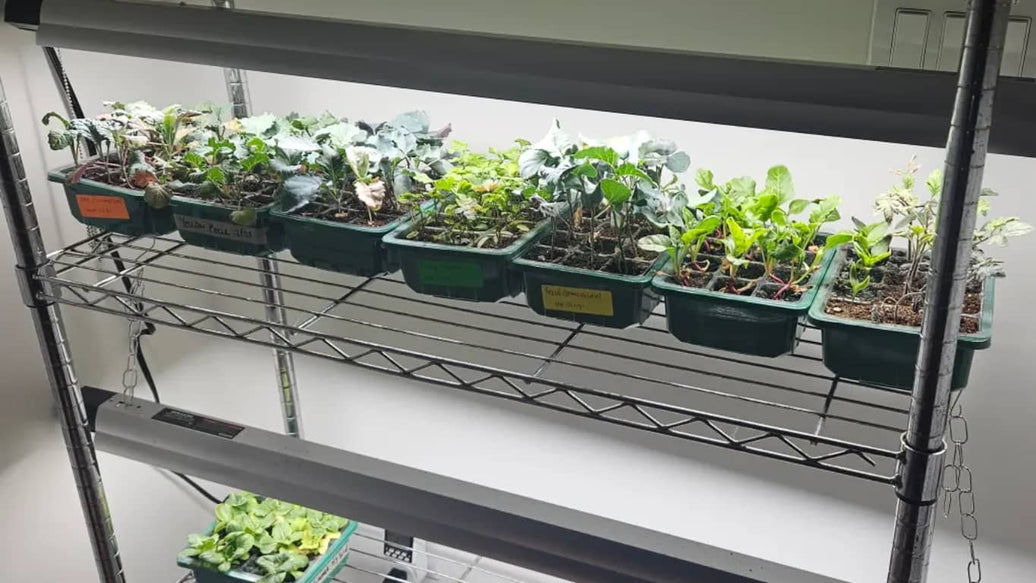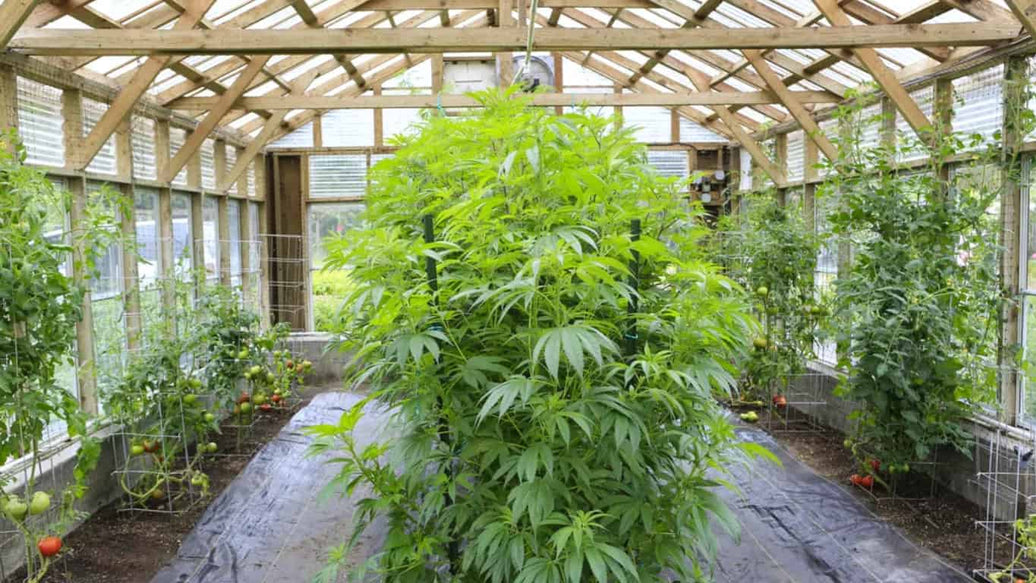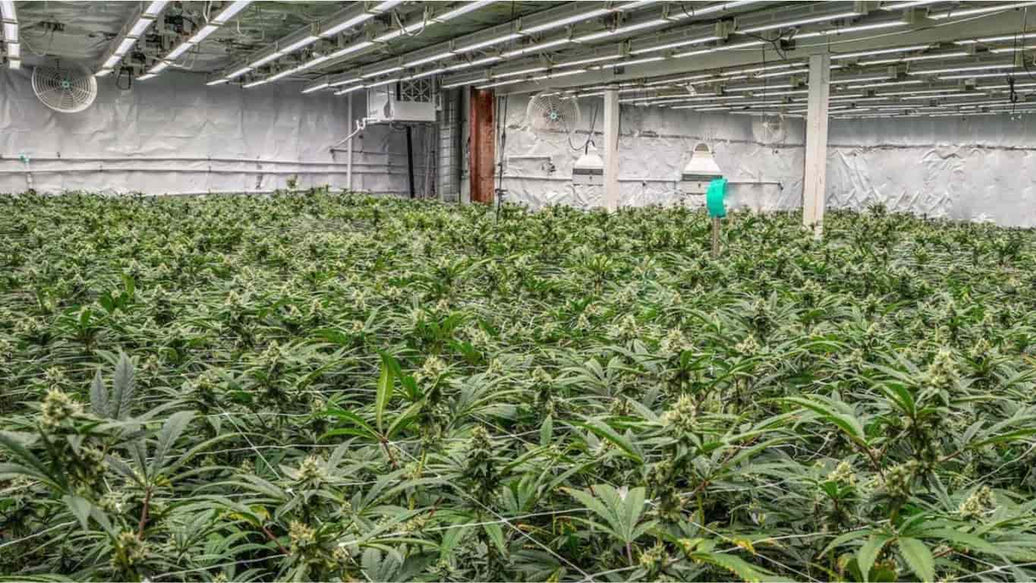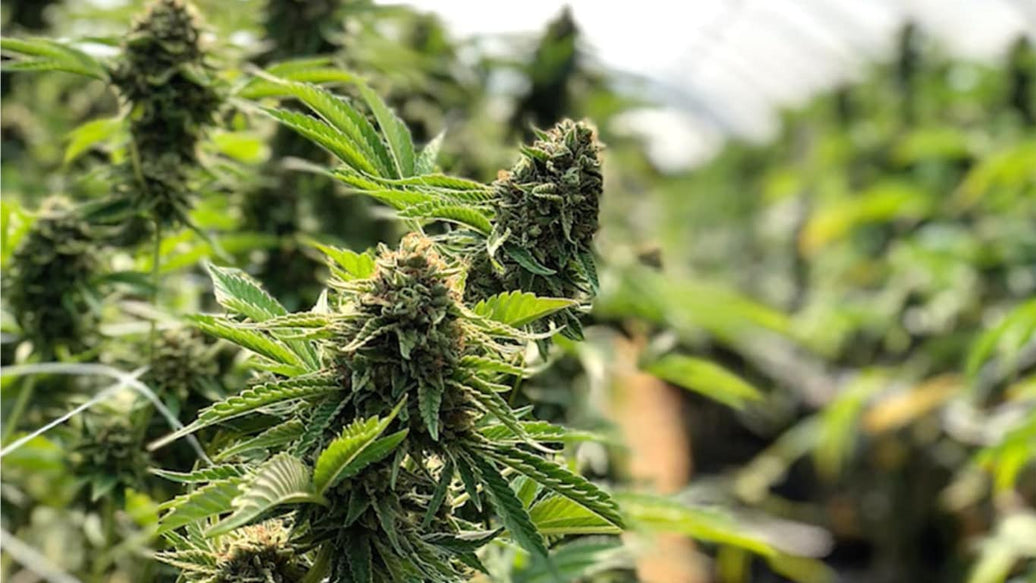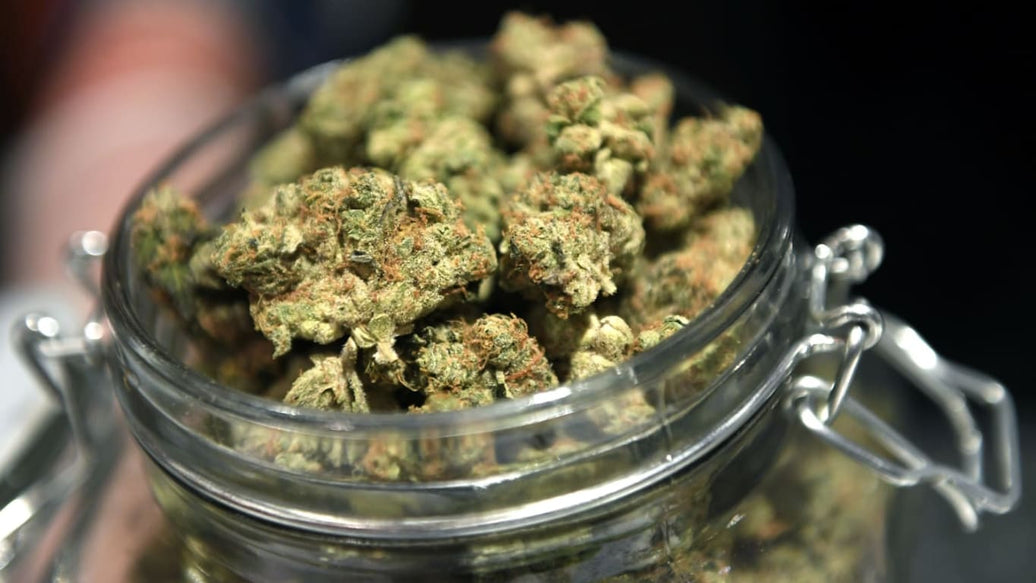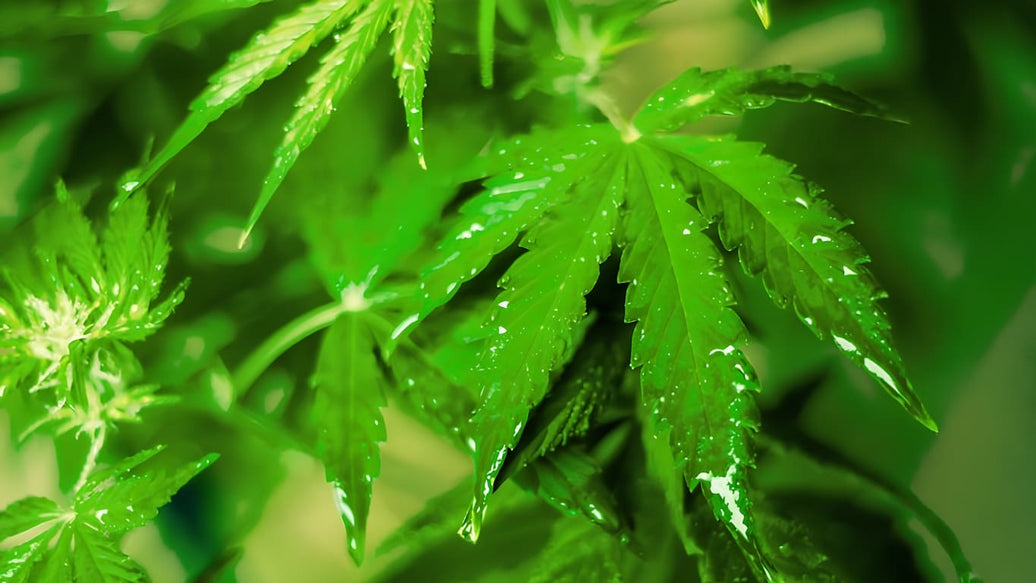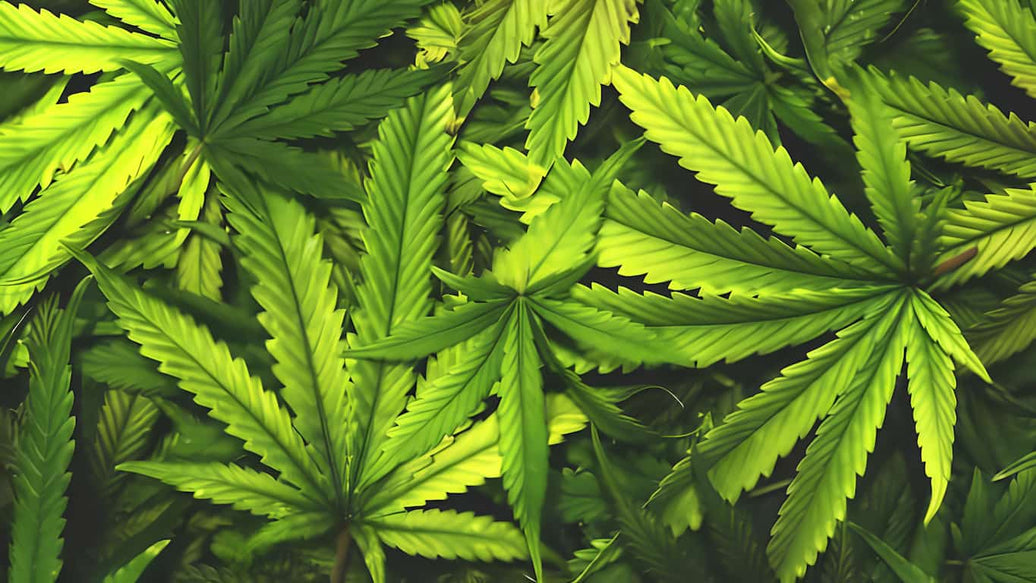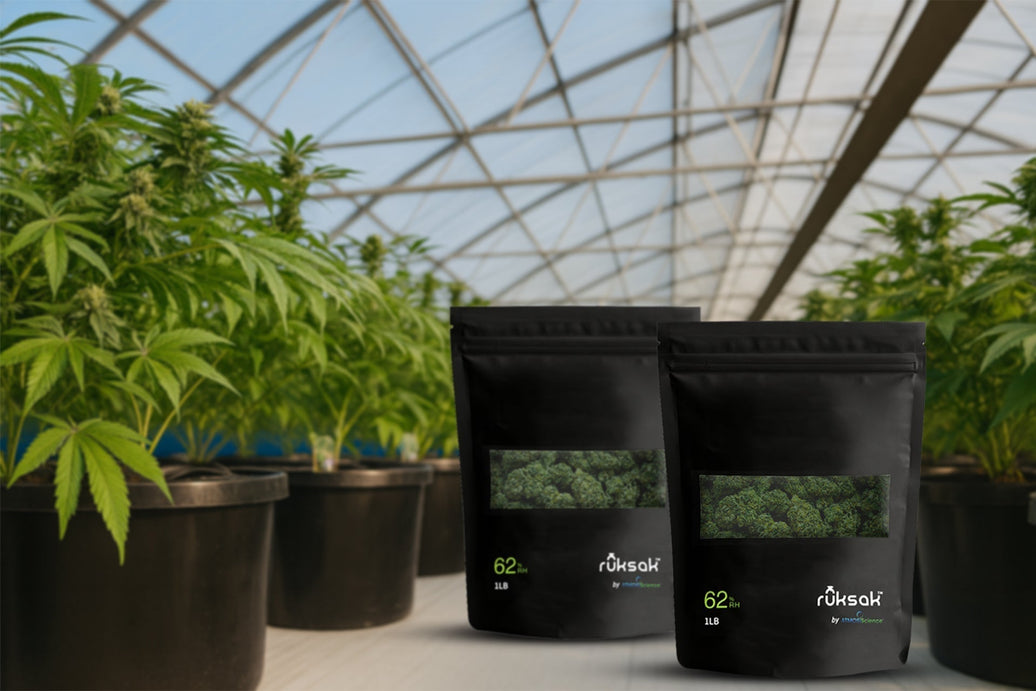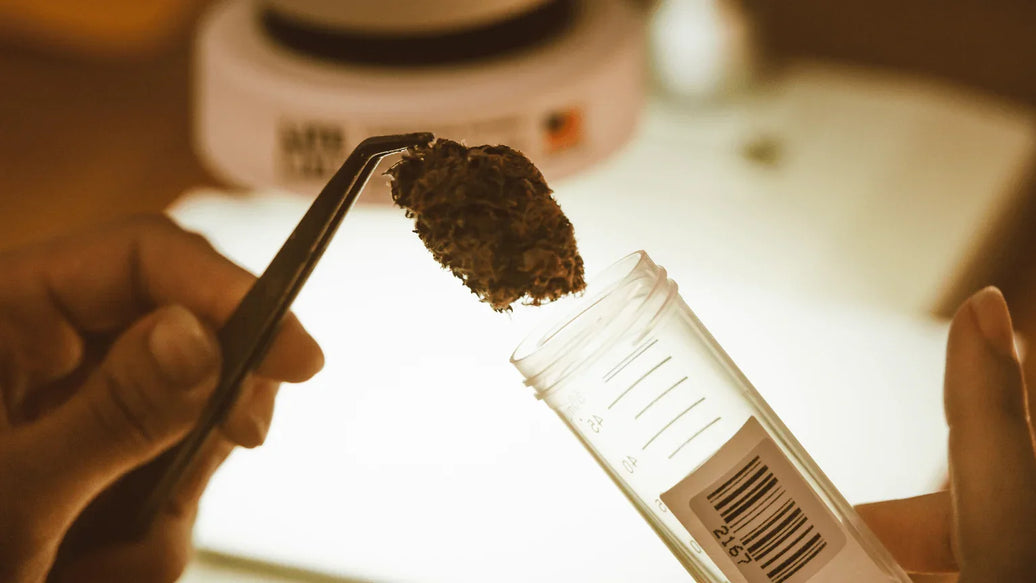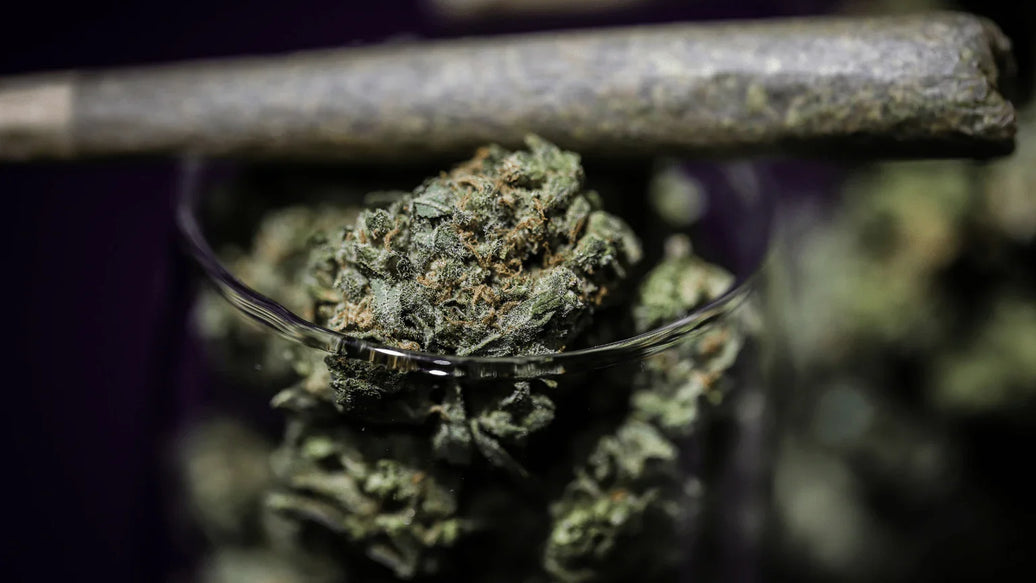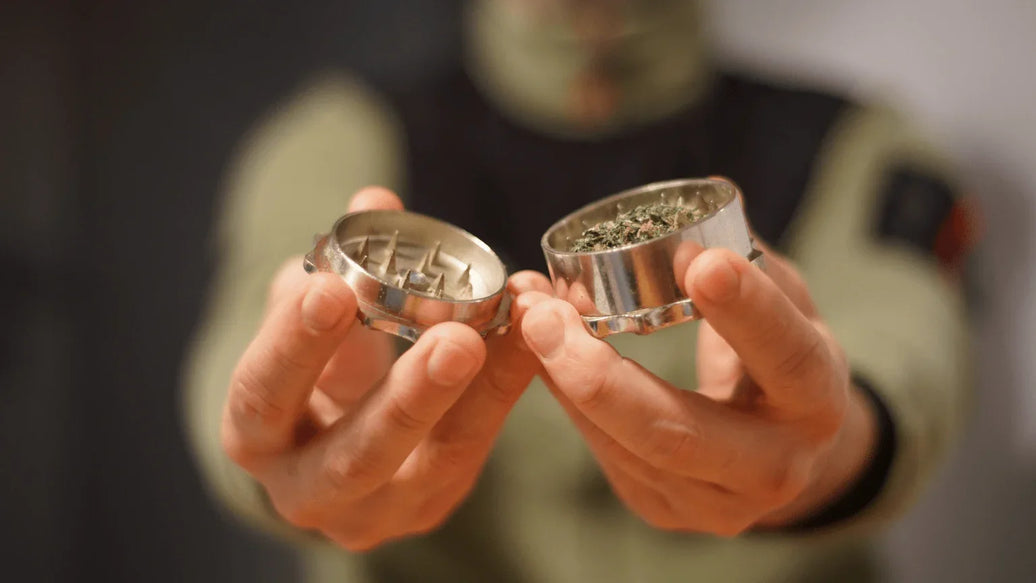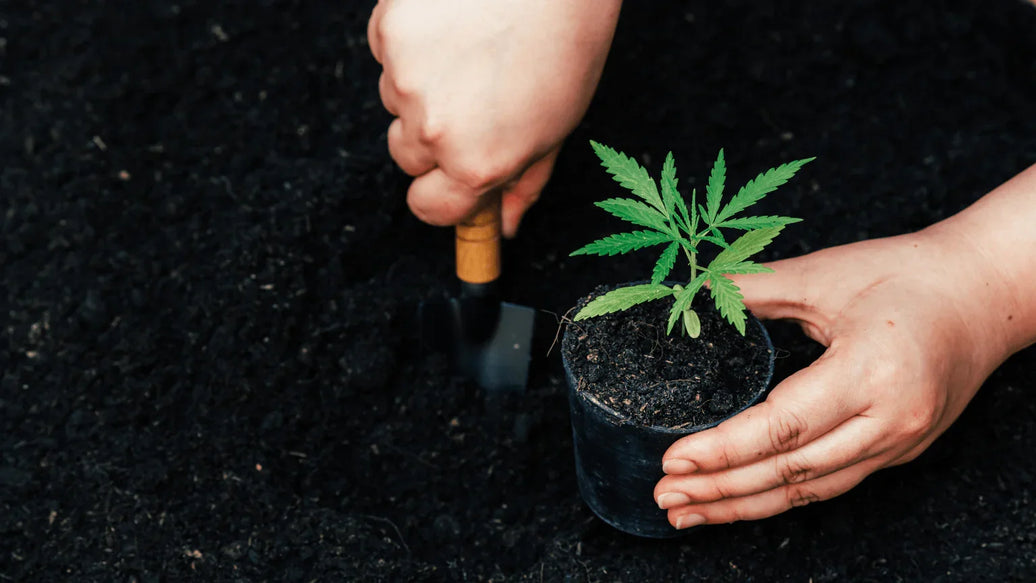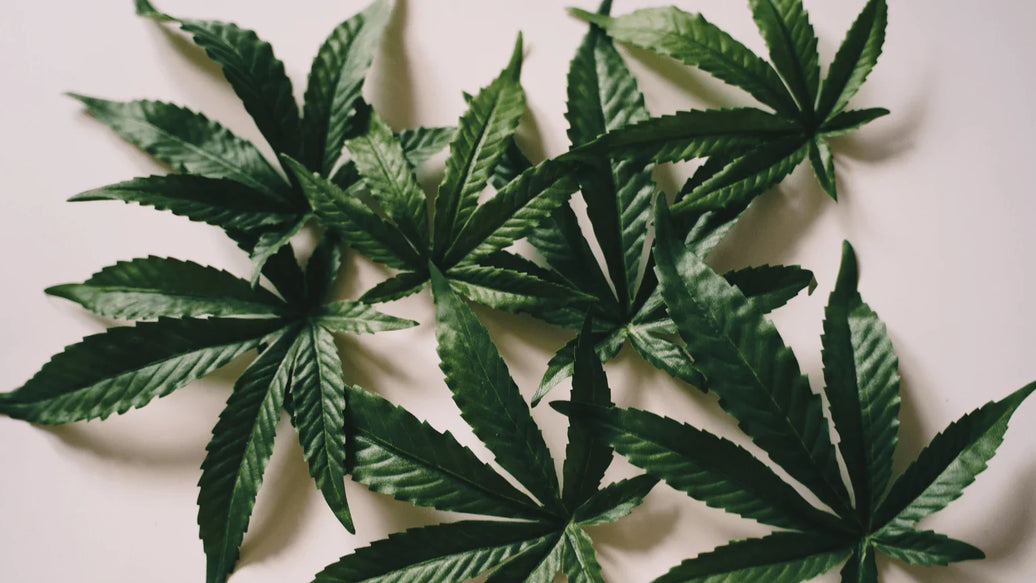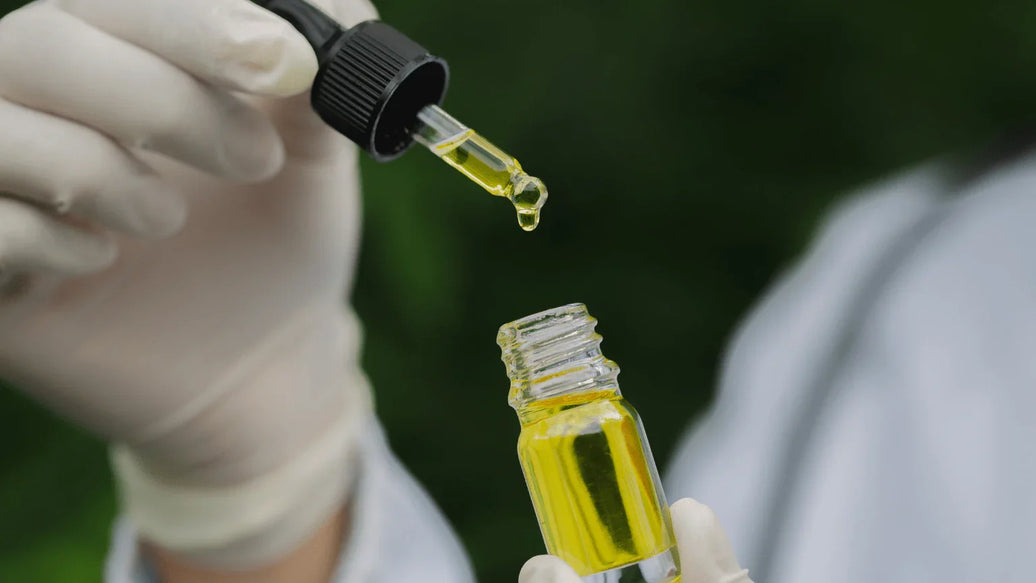Trimming cannabis is often regarded as an art form within cannabis cultivation, but, just as importantly, it is a science that directly influences the final product’s quality, potency, appearance, and market appeal. Knowing precisely how to trim cannabis plants is critical for cultivators who aim to maximize cannabinoid and terpene preservation while preparing buds optimally for drying and curing.
Whether using delicate hand-trimming techniques or employing specialized cannabis trimming scissors, mastering this fundamental process enhances the overall value and experience of your cannabis harvest. This blog will explore every aspect of cannabis trimming - from choosing tools to understanding wet versus dry methods, executing step-by-step trimming, to curated post-trim storage and curing strategies, all designed with the grower’s success in mind.

Why trimming cannabis matters
Every decision at the trimming stage impacts the end product. Effective cannabis trimming improves more than just bud aesthetics; it preserves chemical integrity, potency, aroma, and shelf-life. Large fan leaves are resin-poor and can trap moisture, leading to mold or uneven drying if not removed properly. Trimming these leaves improves airflow, critical for reducing mold and mildew during the drying process.
More precise trimming targets sugar leaves — small leaves densely coated with trichomes — allowing cultivators to retain cannabinoid-rich material while shaping buds for optimal appearance. Well-trimmed buds fetch higher prices due to their attractive look and potent profile. Moreover, proper trimming facilitates post-harvest curing techniques that intensify flavor and effect, especially when paired with storage kits such as ATMOSIScience’s Humidi-Cure®, designed to regulate humidity and preserve terpenes during curing.
Wet trimming vs. Dry trimming
Understanding when and how to trim cannabis buds is pivotal for quality control. Two primary methods exist: wet trimming and dry trimming. Wet trimming is performed immediately after harvest while buds still retain moisture, making leaves supple and easier to remove with smooth cuts from cannabis trimming scissors. This method accelerates the drying phase and is favored by many commercial growers for efficiency. That said, wet trimming requires rapid drying environments to prevent rot, increasing risk if conditions are suboptimal.
In contrast, dry trimming occurs after buds have dried for several days. Leaves become crisp and tend to break off more cleanly, often resulting in slower, more controlled curing that enhances flavor and terpene retention. However, dry trimming can be more time-consuming and challenging due to stickier bud resin and brittle leaves.
Here’s a detailed comparison:
|
Feature |
Wet trimming |
Dry trimming |
|
Timing |
Immediately post-harvest |
After initial drying phase |
|
Ease of leaf removal |
Easier with moist, pliable leaves |
More difficult with brittle, dry leaves |
|
Trichome preservation |
Potential risk if trimming is rushed |
Usually better due to firmer structure |
|
Mold risk |
Higher if drying delayed |
Lower under proper drying conditions |
|
Labor intensity |
Faster trimming time |
Slower, more detailed work |
Choosing the right technique depends on grower preference, environmental conditions, and scale. For example, controlled indoor operations might favor wet trimming for speed, while craft growers may opt for dry trimming to maximize quality.
Essential tools for precision trimming
Selecting top-tier tools is foundational for successful cannabis trimming. The right cannabis trimming scissors can make the difference between a neat, professional trim and a frustrating session that damages buds or strains the trichomes. Look for scissors with ergonomic grips to reduce hand fatigue, surgical-grade stainless steel blades for sharpness and durability, and anti-stick coatings that prevent resin buildup. Specialized trimming scissors often have curved blades that conform to bud shapes, allowing for precision leaf cuts without accidentally snipping into valuable flower.
Complementary tools include trim trays and bins that collect trimmings and kief—the finely powdered resin crystals that fall away during the process. ATMOSIScience’s 1 lb ruksak bags are optimized for storing trimming byproducts, maintaining potency for later extraction. Gloves protect hands from stickiness and contaminants, while jar liners ensure ideal moisture levels during curing. Investing in the right equipment enhances efficiency, product quality, and ensures hygiene standards.


Explore our blog for the best necessary cannabis harvesting tools: Essential Cannabis Harvesting Tools & Equipment for Optimal Yield
Step-by-step trimming techniques
For growers wondering how to trim cannabis buds efficiently, a structured approach yields the best results.
Preparation
- Sanitize cannabis trimming scissors, trays, and your hands to avoid mold or bacterial contamination.
- Organize your workspace by sorting harvested branches into manageable bunches.
Remove fan leaves
Trim away large, non-resinous fan leaves either by hand or with scissors. These do not contribute to cannabinoid content and interfere with airflow during drying.
Buck the buds
Separate the branches into smaller chunks or buds for easier handling.
Sugar leaf removal
Use precision trimming scissors to carefully clip away sugar leaves. These tiny leaves contain trichomes but often create harsh tastes if left on buds. Trimming cannabis enhances bud shape and airflow.
Finishing touches
Shape the buds for uniformity, removing any leftover leaves while preserving calyxes rich in cannabinoids.
Wet vs. dry bud handling
Adjust trimming speed and technique depending on moisture levels. Wet buds require delicate but swift trimming to avoid damage; dry buds call for sharper scissors and slower, meticulous cuts.
Common mistakes to avoid
- Using dull blades that crush instead of slice
- Over-trimming cannabis that wastes resinous material
- Neglecting workspace sanitation
- Ignoring timing, leading to mold or terpene loss
Following these steps ensures clean, potent, and visually appealing cannabis that commands premium prices.
Hand trimming vs. machine trimming

Though hand trimming remains the gold standard for quality and trichome preservation, it is labor-intensive and time-consuming. For larger grows, mechanical cannabis trimming machines offer efficiency and consistency. These range from small handheld trimmers to automated conveyor systems. Machines accelerate throughput, reduce labor costs, and make scaling possible but often sacrifice some bud integrity and trichome retention.
Selecting between hand and machine trimming depends on cultivation scale, budget, and quality thresholds. Beginners and craft growers typically favor hand trimming, while commercial enterprises may invest in machine trimming technology when output volume surpasses hand labor capacity.
Post-trim curing and storage
After trimming cannabis, curing is a critical phase to stabilize moisture content, enhance terpene profiles, and lock in potency. Controlled humidity environments using products like ATMOSIScience’s Humidi-Cure® mitigate mold risk and prevent over-drying. Jar liners inside curing jars create consistent microclimates, and specialized ruksak bamboo bags maintain trimmed leaf freshness for later use. Typical curing lasts from 2-8 weeks, with regular burping cannabis (opening jars to exchange air) recommended to monitor moisture levels. Proper curing elevates flavor, smoothness, and longevity of cannabis, directly tied to the quality of your cannabis trimming process.

Conclusion
Mastering how to trim cannabis plants skillfully transforms your harvest by maximizing cannabinoid preservation, boosting visual appeal, and preparing buds for ideal curing and storage. Choosing quality cannabis trimming scissors and understanding the nuances of wet versus dry trimming methods ensures precise, efficient trimming tailored to your grow environment. Whether a home grower or commercial cultivator, elevate your trimming process by blending knowledge, tools, and timing - partner with ATMOSIScience’s trusted products range to optimize every phase of cannabis trimming and storage for superior results.

